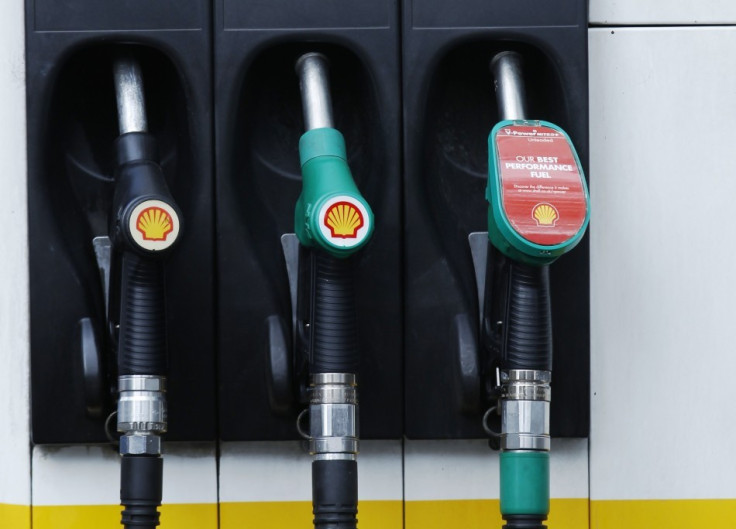How Iran is improving the UK's standard of living

Iran's historic nuclear deal and the country's fully fledged return to the energy markets is already being felt on supermarket forecourts – part of general trend toward higher standard of living in the UK.
The Iran agreement and the resulting easing off in crude oil prices has heralded to a second round of price cuts at UK pumps being led by likes of Morrisons and Asda.
There has also been a narrowing between diesel and unleaded forecourt pricing, with Asda charging 112.7p/l for diesel versus 114.7p for unleaded.
The price cuts of the last few days reverse a gradual creeping up of forecourt prices in 2015 from nearly 100p/l to somewhere around 115-210p/l; this is now falling to within a range of 110-115p/l.
Cuts in the price of fuel are clearly good news for households in the UK, where living standards are now demonstrably rising again.
There is a reasonably wide disparity these days between a broadly flat consumer price index (CPI) and national wage growth, which is now rising in excess of 3%.
Progress in real living standards is reflected in consumer confidence: market research company GfK NOP recorded a dizzy +7 score for this in May.
Clive Black PhD, head of research at Shore Capital, said: "The forecourt reductions are very beneficial and progressive for low income households in particular, households which will see progress with personal allowances and the National Living Wage from April 2016, assuming that the Low Pay Commission doesn't argue with the Chancellor of the Exchequer.
"If sustained, the easing off in forecourt pricing will also ease the inflationary component of the anniversary of the oil price fall in September 2014.
"Accordingly, with a robust northern hemisphere harvest looking likely, noting fulsome silos from last year combined with industry price pressure, the food & fuel components of UK CPI maybe quite muted going into the final quarter of calendar 2015."
Retail and leisure expenditure can also expected to be reasonably robust for the foreseeable future. Yet, amid all this positivity, there could be the odd cloud on the horizon in the shape of the noises made by bank of England to increase interest rates.
Bank of England Governor Mark Carney said we can expect a gradual rise to about 2.5% over next year or so. This is bound to temper some exuberance on household spending.
Low interest rates have been required to keep the economy moving over past seven years. Most economists agree over the next year the time will be right to increase them. Obviously this will be good for savers, but not so good anyone with a variable rate mortgage or whose fixed rate is coming to an end.
Middle-income households may feel the pinch from higher mortgage and credit card debt costs. The base rate lift also furthers a trend, noted by the Institute of Fiscal Studies, which arguably has seen old people do better than young since the recession.
Then there are changes to welfare and individual tax credits slated for 2017 will have to be factored in when.
Meanwhile, supermarkets are just one employer that is digesting what a National Living Wage means for their operating cost base. But then again, the retail universe will get a boost from low income households being granted higher incomes.
Black added: "Whilst it is pleasing for households to see the easing off in forecourt fuel prices, which were a major constraint upon discretionary income when oil was $110-115/barrel, oil remains a potentially volatile commodity and current tailwinds can easily reverse.
"That said the current easing of crude prices is helping household energy bill momentum too."
© Copyright IBTimes 2025. All rights reserved.






















